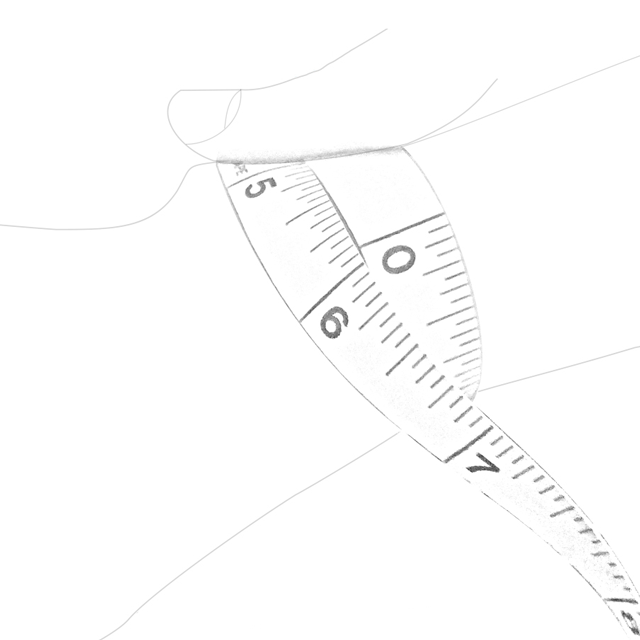Ben’s advice on tracking calories with Forerunner and refueling right.
To figure out how much food you really need, the Garmin Forerunner 405CX or the 310XT is invaluable. With the new calorie counting algorithm based on heart rate, you can get a fairly accurate estimate of how many calories you burn while biking and running, and you add that to an estimated basal metabolism (how many calories your body needs for being awake, going to work, being a loving parent, etc.) to get your calorie debt for the day. For instance, in a typical training day, my Forerunner may say I burned 600 calories in an hour bike ride, and another 700 for a tempo run. If I swim moderately hard for 4000 yards at practice that morning, I can estimate another 1,200 calories (hard swimming burns calories at a rate similar to running). Add those together and I need 2,500 calories just to replace what I burned during workouts, plus another 2,500 calories just for waking up, doing chores and running errands. I’m looking at a 5,000 calorie deficit that I need to replace. That’s a lot of food!
Second, eat often and eat while you train. You can curb your debt by eating during and immediately after workouts. I eat bars while I’m on my bike and gels while I’m running. Make sure you get a recovery shake and some fruit right after your workout, or eat a Clif Bar after swim practice. I shoot for 300 to 500 calories an hour while training, and that’s food that goes straight toward fueling muscles; never toward fat deposits.
If you keep a loose watch over the number of calories you consume, you’ll be amazed at how difficult it can be to replace the calories you burn. That is, unless you’re not following my final recommendation:
Eat good food as much as possible. Sugary and heavily processed foods aren’t good fuel. Remember, you’re eating to supply your body with energy, and to do that you need real food. A simple rule, if you can’t identify the ingredients by looking at it, it’s probably not going to help you perform better. Fruit, vegetables, whole grains and quality protein (i.e. fish, chicken, and lean cuts of beef) should be the bulk of your calorie intake outside of training.
By using a Garmin fitness device to help find your calorie debt, and real food to replace it, your body will be healthier, and you’ll feel better for your training. Plus, by eating more, you’re metabolism will get faster and you may even lose some weight. One final point: I do not recommend being a strict calorie counter. I follow the method I outlined to get an idea of how much to eat, and then I repeat it every few weeks to make sure I’m still getting enough food. So relax, treat yourself well, and eat dessert a few times a week.
The post Ben’s advice on tracking calories with Forerunner and refueling right. appeared first on Garmin Blog.
Sample Block Quote
Praesent vestibulum congue tellus at fringilla. Curabitur vitae semper sem, eu convallis est. Cras felis nunc commodo loremous convallis vitae interdum non nisl. Maecenas ac est sit amet augue pharetra convallis nec danos.
Sample Paragraph Text
Praesent vestibulum congue tellus at fringilla. Curabitur vitae semper sem, eu convallis est. Cras felis nunc commodo eu convallis vitae interdum non nisl. Maecenas ac est sit amet augue pharetra convallis nec danos dui.
Cras suscipit quam et turpis eleifend vitae malesuada magna congue. Damus id ullamcorper neque. Sed vitae mi a mi pretium aliquet ac sed elitos. Pellentesque nulla eros accumsan quis justo at tincidunt lobortis denimes loremous. Suspendisse vestibulum lectus in lectus volutpat, ut dapibus purus pulvinar. Vestibulum sit amet auctor ipsum.

